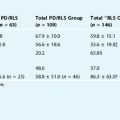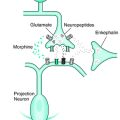Chapter 2 The Patient’s Perspective
“You know more about this than I do.” A neurologist made this comment at the end of my second visit in 1994. My immediate internal reaction was, “If that is the case, I need another neurologist!” But such was the lack of knowledge of restless legs syndrome (RLS) at that time. The awareness of primary care physicians was even less—few of them had ever heard of RLS. Sleep was discussed much less than sex.
Today, it is difficult to ignore TV and print advertisements that describe and define what had been described as “the most common disease you never heard of.” Of course, the advertisements are promoting medications, which only provide relief from symptoms.





